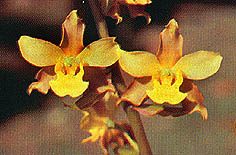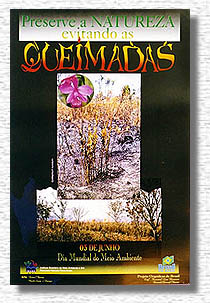
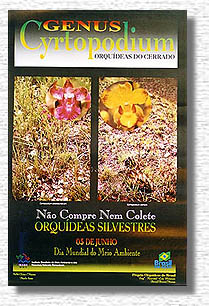



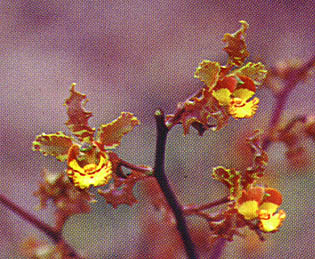 This project also helps many foreign researchers who study our species and their works are published with illustrations and information I sent to them. I never deny to sent my photos abroad because the researchers are very serious and always mention the author. Often, I receive from Germany, Switzerland, France, United States, England, solicitations for slides concerning this or that Brazilian species and I send them by my own, it is my contribution.
This project also helps many foreign researchers who study our species and their works are published with illustrations and information I sent to them. I never deny to sent my photos abroad because the researchers are very serious and always mention the author. Often, I receive from Germany, Switzerland, France, United States, England, solicitations for slides concerning this or that Brazilian species and I send them by my own, it is my contribution.
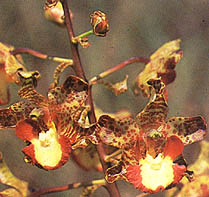 Do you find some difficulties to carry out your projects?
Do you find some difficulties to carry out your projects?
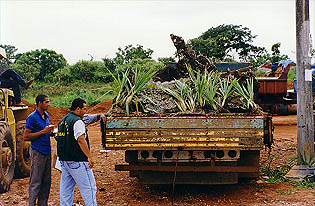 |
Arrest made by an IBAMA's staff, leaded by Lou Menezes. Illegal trade of orchids and rocks taken in preserved areas. |
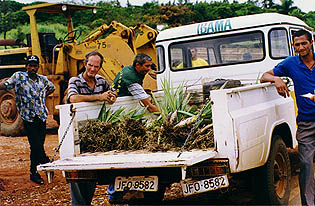 |
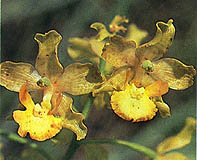 What IBAMA need to fight more efficiently? Budget? Staff? Honest, qualified people?
What IBAMA need to fight more efficiently? Budget? Staff? Honest, qualified people?
